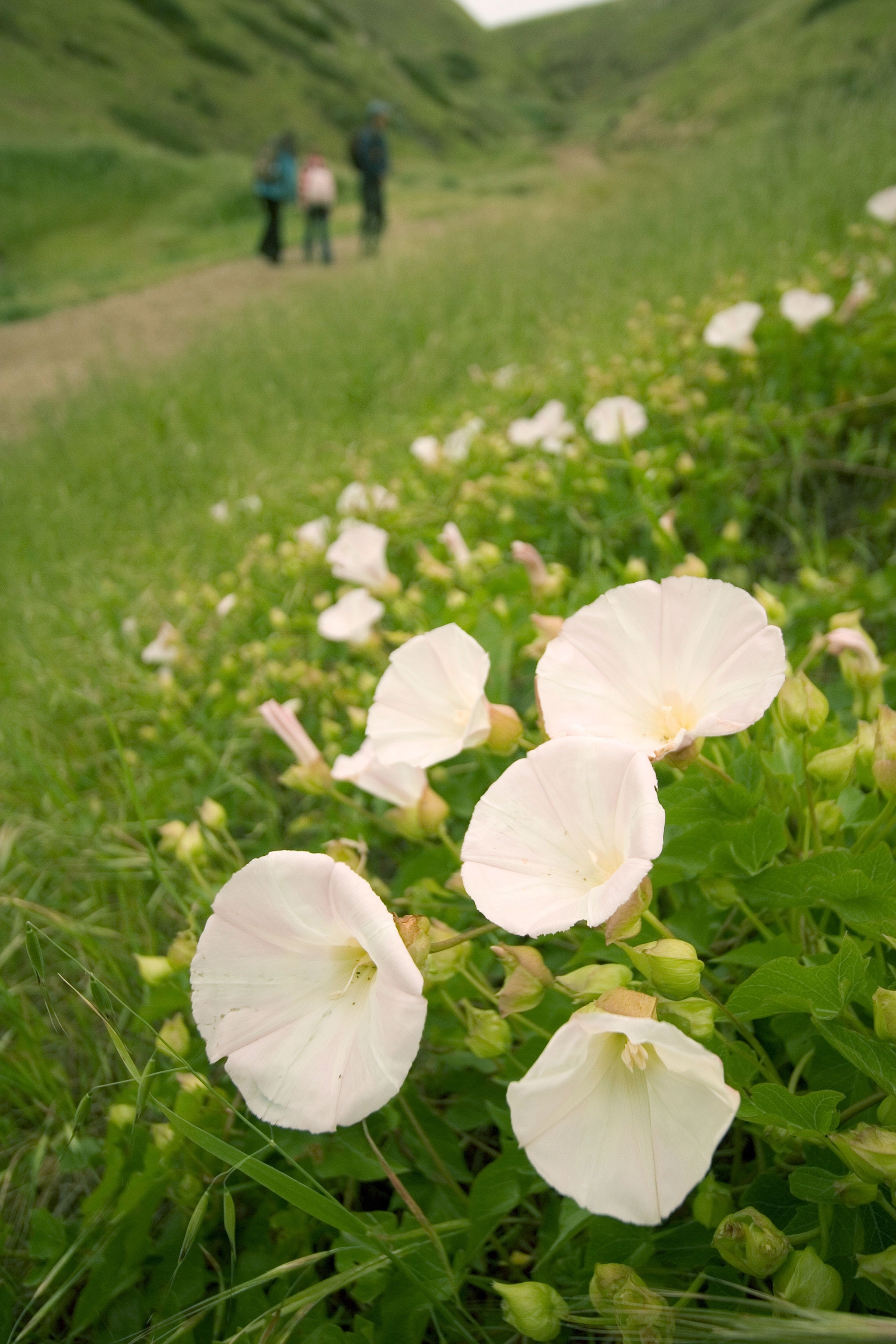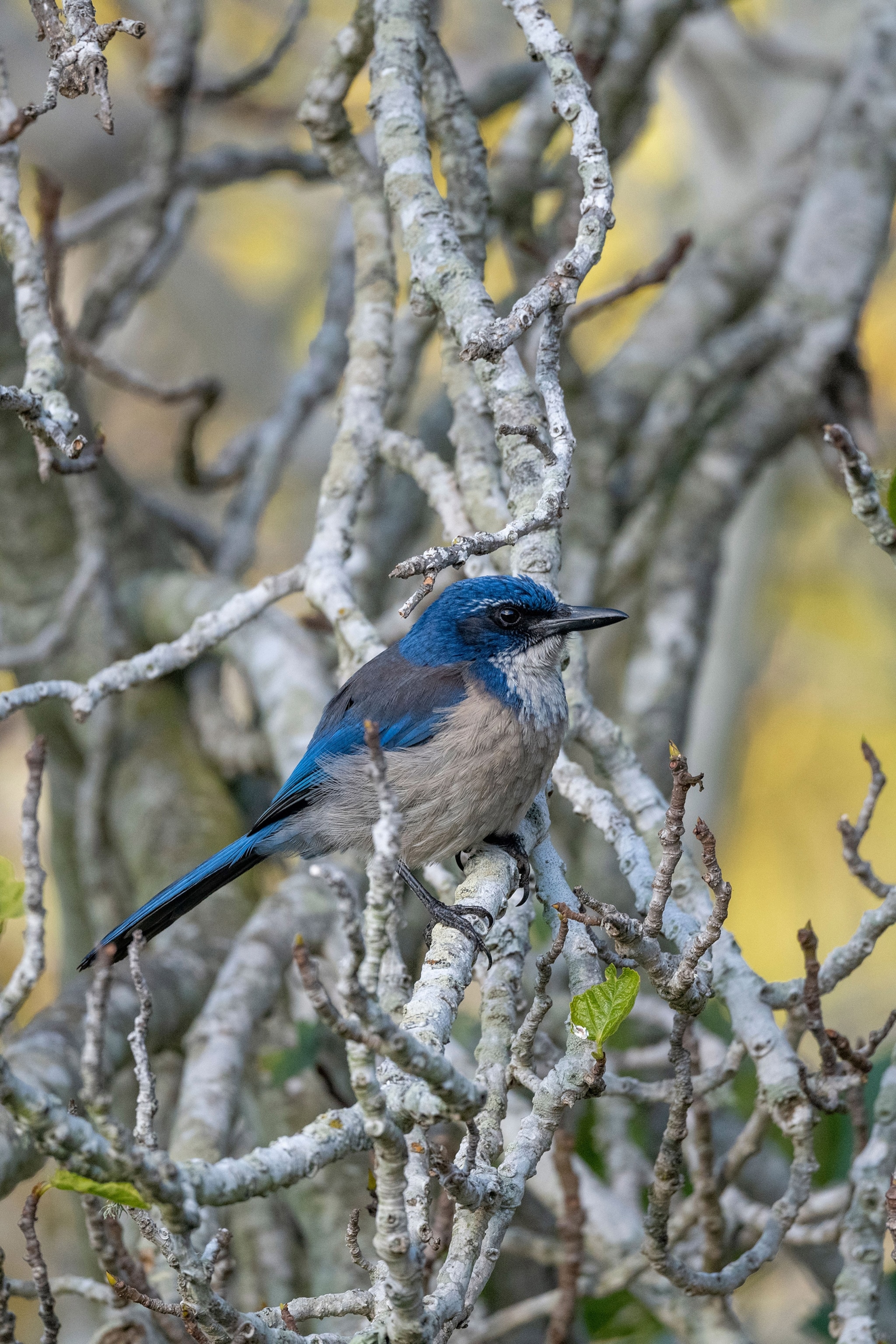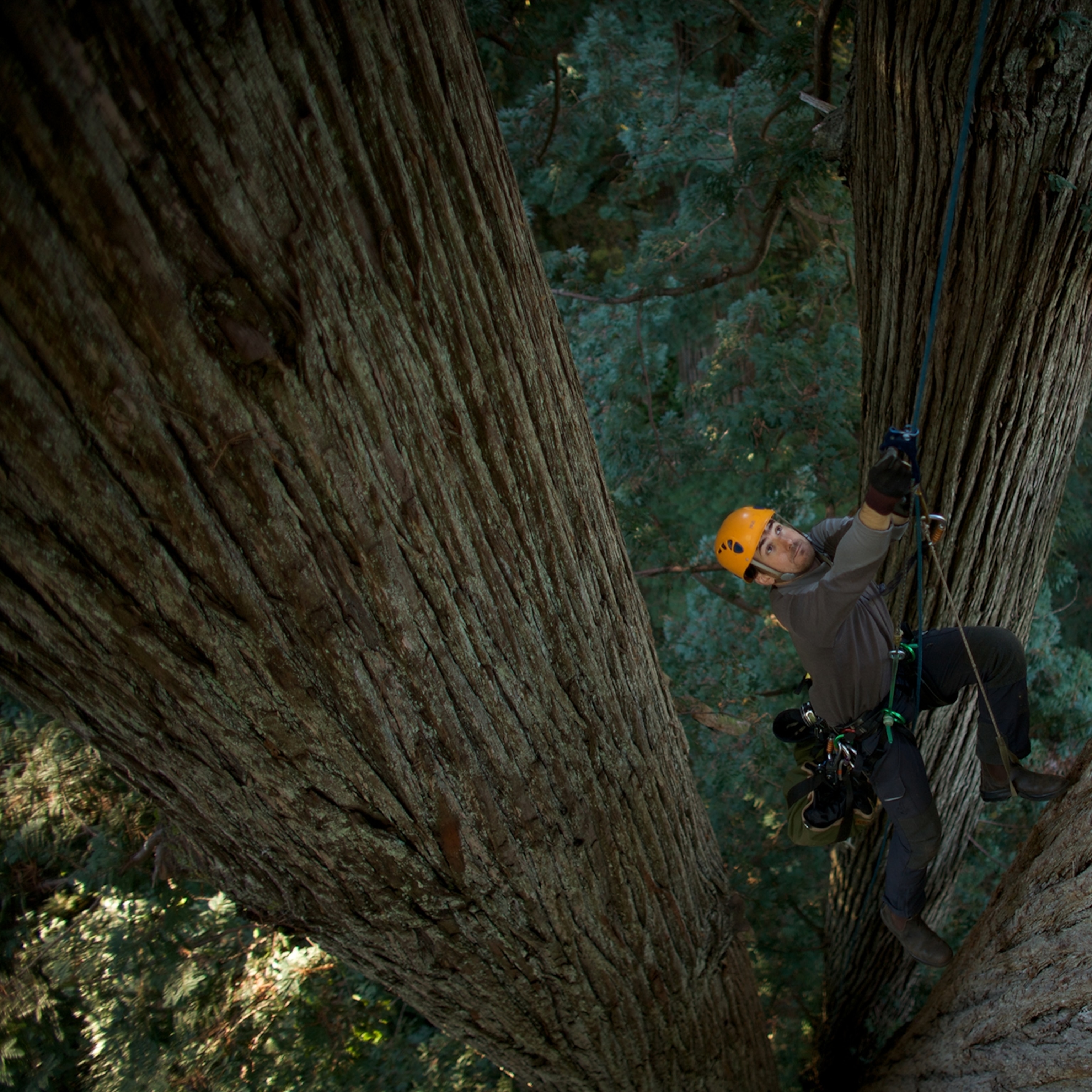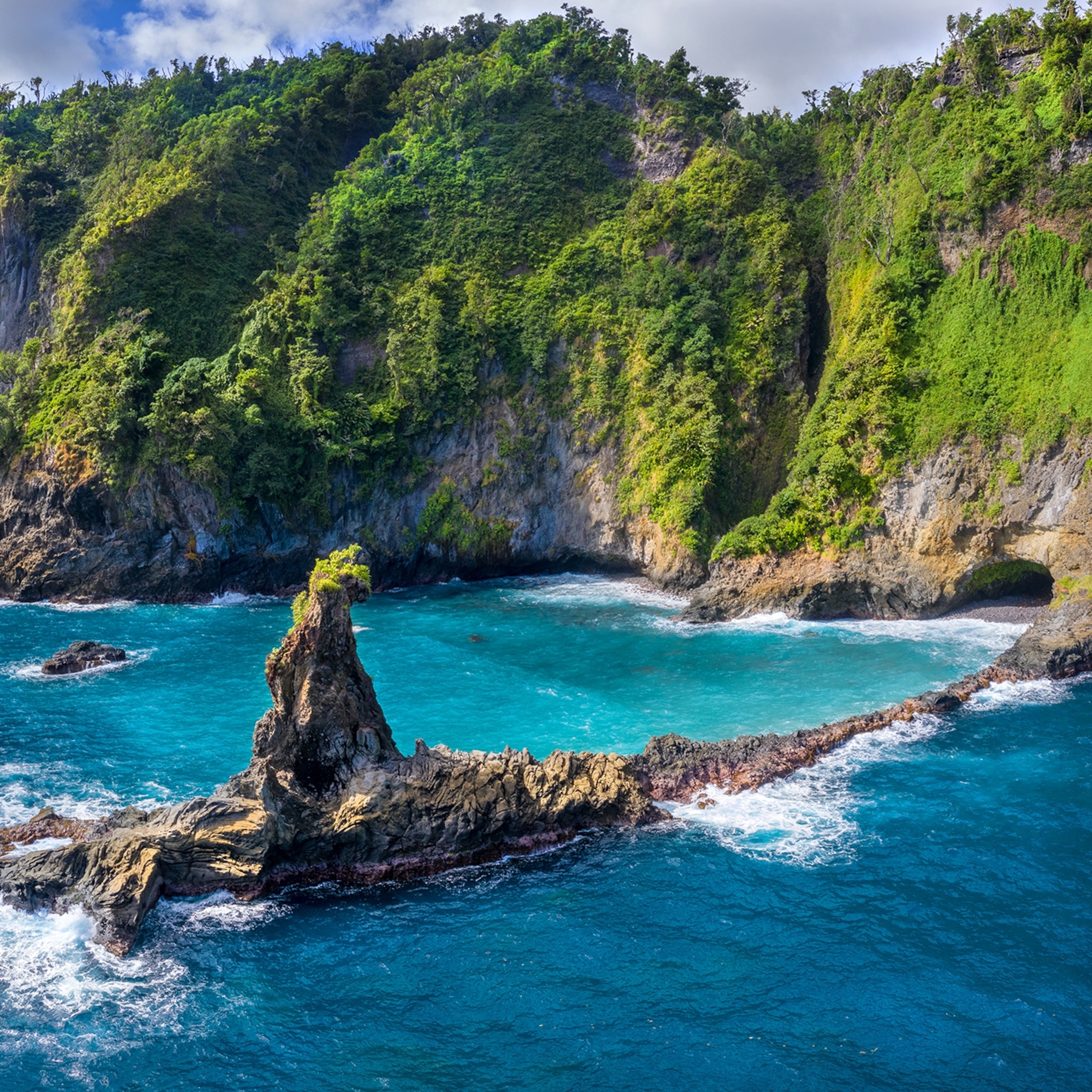How to visit Channel Islands National Park
Five remote islands off the coast of Southern California are known as the “North American Galapagos.” These expert tips will help you plan an unforgettable adventure.

Fast Facts
Established: March 5, 1980
Size: 249,500 acres
Annual visitors: About 323,250 in 2022
Entrance fee: None
Visitors centers: The Robert J. Lagomarsino Visitor Center is located in Ventura Harbor. It’s open daily except Thanksgiving and Christmas and has exhibits about each island, a film, a bookstore, and ranger programs. Outdoors Santa Barbara Visitor Center is located in Santa Barbara. Open daily except Wednesdays and select holidays, it has information about the park, Channel Islands Marine Sanctuary, and Santa Barbara Maritime Museum. Smaller visitors centers are located on Santa Cruz, Anacapa, and Santa Barbara Islands.
Why you should go to Channel Islands National Park
Channel Islands National Park is often referred to as the “North American Galapagos” for good reason. Composed of five tectonically formed islands and surrounded by an extensive marine sanctuary, the park teems with wildlife not seen anywhere else on Earth. Endemic species of fox, skunk, and lizard, plus millions of shorebirds call these islands home. Humpback and gray whales travel the surrounding waters, while tens of thousands of elephant seals and sea lions find respite on sandy shores.



“Millions of people live on the Southern California mainland, but [in the park] you don't hear engines or see lights or have any sense that human beings other than you exist,” local novelist T.C. Boyle told Sunset magazine in 2011. Indeed, on these islands, nature rules.
Yet, archaeological evidence shows the presence of humans as far back as 13,000 years ago. The oldest human remains found anywhere are likely an ancestor of the Chumash, who lived here before they were forcibly moved to the mainland by Spanish conquerors in the 1820s.
Today, the islands remain the center of the Chumash creation story, told to overnight visitors by crackling campfire, under the stars. Activities like this are part of what makes a visit to Channel Islands National Park a remarkable adventure, just 20 miles from big city life.
Visitors are drawn to the park’s five islands seeking wildlife, solitude, and active adventures, such as sea kayaking and snorkeling. On Santa Cruz Island, you can paddle into North America’s second-largest sea cave, while nearby Anacapa Island provides extraordinary birding and photography opportunities. More remote islands like Santa Rosa offer challenging backpacking and rare pine trees, while San Miguel Island allows hardy travelers the chance to witness thousands of pinnipeds gathering on wide beaches. The smallest island, Santa Barbara comes alive with vibrant wildflowers in spring.
(Make the most of your next national park trip with these planning guides.)
Where to find the best views in the park
While every island has its own stunning viewpoints, many say Anacapa’s Inspiration Point is the most breathtaking, even on a foggy day. The 1.5-mile round-trip hike begins at the pier with a steep 157-step ascent before crossing to this lofty perch. In spring, giant coreopsis with bright yellow flowers bloom before a dizzying vista of the Anacapa islets and, if you’re lucky, breaching whales.

(Take great travel photos with these essential tips.)
Where to find the park’s best hikes
Numerous trails meander across the Channel Islands following historic Chumash routes. One of the best day hikes for first-time visitors is the Potato Harbor Overlook on Santa Cruz Island. The moderate five-mile round-trip excursion begins at Scorpion Anchorage and skirts around marine terraces, leading to dramatic views of the harbor and the island’s western coastline.
Other popular hikes include the strenuous nine-mile Lobo Canyon hike on Santa Rosa Island, which follows a stream through sandstone formations to a dreamy coastline. Reminiscent of Utah’s canyons, Lobo is like nothing else in the park.
Where to find the best spots for seeing wildlife
The endemic island fox—one of the smallest canids in the world—makes its rounds on Santa Cruz, Santa Rosa, and San Miguel islands, while the island spotted skunk is only found on Santa Rosa and Santa Cruz. Endemic land birds such as the Channel Island song sparrow, island loggerhead shrike, and the island scrub jay, plus bald eagles can be seen soaring over the islands throughout the year.
Marine wildlife is more seasonal. In the spring, San Miguel is home to one of the largest pinniped colonies in North America, when over 100,000 seals and sea lions gather on Point Bennett. You can hike to various rookery overlooks on the island to see them, but you must be accompanied by a ranger as the island contains unexploded ordnance from when it was a U.S. military bombing site.



(Whale watching is booming. Here’s how to do it responsibly.)
Year-round, 27 species of cetaceans have been spotted in the Santa Barbara Channel, including migrating humpback whales, blue whales, and orcas. Common and bottlenose dolphins live in the channel throughout the year too. Look for marine mammals and flocks of colorful seabirds while crossing the channel via ferry.
How to visit the park like a Nat Geo Explorer
Thanks to his work studying ants and other insect biodiversity on the islands, David Holway, a University of California at San Diego ecologist and Nat Geo Explorer, has been able to visit all of the Channel Islands, including the three private southern islands outside of the park’s boundary: San Nicolas, Santa Catalina, and San Clemente. Although Santa Barbara Island is one of the more difficult to access, Holway recommends visiting it for some of the best views of all the Channel Islands in the park, except San Miguel.
Notable activities and excursions
An invaluable highlight of the islands is their link to Chumash culture. The four northern Channel Islands were once a massive single island called Santarosae, which was occupied by the ancestors of the Chumash more than 13,000 years ago until Spanish colonization. During select nights in summer, Chumash elder Julie Tumamait-Stenslie educates visitors by the fireside about Chumash culture on Santa Cruz Island. There, she tells the Chumash creation story, which originates on Santa Cruz, or Limuw. To learn more about Chumash history and culture on your trip, visit the nearby Chumash Museum in Thousand Oaks, California, about 30 minutes by car from Ventura Harbor.
Best things to do for families
Families with kids will enjoy exploring Scorpion Anchorage on Santa Cruz Island. Here, the half-mile Historic Scorpion Ranch hike stops by the late-1800s ranch house (now a visitors center) and includes displays of ranching equipment along the trail, which pair well with the Junior Ranger Booklet. Picnic tables and shade are available for day use and swimming is permitted at Scorpion Beach.
From the beach, visitors can also join kayaking and snorkeling tours along the island’s rugged coast with Santa Barbara Adventure Company. “There’s so much you can’t access on foot or by boat. [Kayaking] gives you a much better perspective of the islands,” says longtime Channel Islands guide Chuck Graham.

Where to stay in Channel Islands National Park
Camping: There are 72 campsites across the park’s five islands, although they may not always be accessible due to boat schedules and seasonal closures. Reservations (required for all campers) should be made six months in advance through Recreation.gov.
Scorpion Canyon Campground on Santa Cruz Island is the park’s largest, reachable via a flat half-mile walk from the pier. Sites on Santa Rosa, San Miguel, Anacapa, and Santa Barbara are steeper, thus more challenging to access.
Hotels: Since most Island Packer boats depart from Ventura Harbor early in the morning, visitors may choose to stay overnight at one of many hotels downtown, just 10 minutes from the harbor.
(Here’s how to plan the ultimate camping adventure.)
Here’s what else you need to know
Visiting by boat: Channel Islands National Park has no visitor’s fee, but Island Packers—the official boat concessionaire of the park—charges a boarding fee for round-trip day tickets, starting at $63 for adults and $45 for children. Guests should book tickets a few months in advance, especially for holidays and weekends. Private boaters may visit but must dock in specific locations. Check the park’s boating page for landing instructions and locations.

First-timers: Of all the islands in the park, Anacapa and Santa Cruz may be the most suitable for first-time visitors. They’re about an hour boat ride from shore and see less extreme conditions, making them great options for day trips.
Closures: Note that various parts of the park close for wildlife conservation throughout the year. Check current conditions before your trip. As of January 2023, Santa Barbara Island is closed due to storm damage to the island’s wharf.
Plan ahead: Because of the islands’ remote location, visitors must be cautious and self-reliant. There are no services on the islands, so bring food for day trips and ensure you have everything you need for overnight trips. Pack multiple layers since it can get very cold and windy overnight. You must pack out all your trash.
Santa Rosa and Santa Cruz are the only islands with potable water at campgrounds, so plan accordingly for trips at several parks over multiple nights.
Historical concerns: The islands preserve many archaeological sites and artifacts. Remember, it is illegal to touch, remove, or disturb them, and stay on trails.
Are pets allowed in Channel Islands National Park?
Pets are not allowed on any of the islands. Service animals are permitted in the mainland visitors centers and on Santa Cruz, San Miguel, and Santa Rosa Islands after they have received a health screening. Vaccinations are required at least a month prior to visiting, so plan well in advance. See additional requirements here.
Accessibility
Due to the park’s isolation and challenging terrain, Channel Islands National Park is one of the least accessible parks, especially for people who use wheelchairs or have limited mobility. The park’s two main visitors centers on the mainland are accessible.
Island Packer vessels have limited accessibility. Call 805-642-1393 for details. The concessionaire currently does not mandate masks on its vessels.
(Learn how the National Park Service is making its public lands more accessible.)
- National Geographic Expeditions






